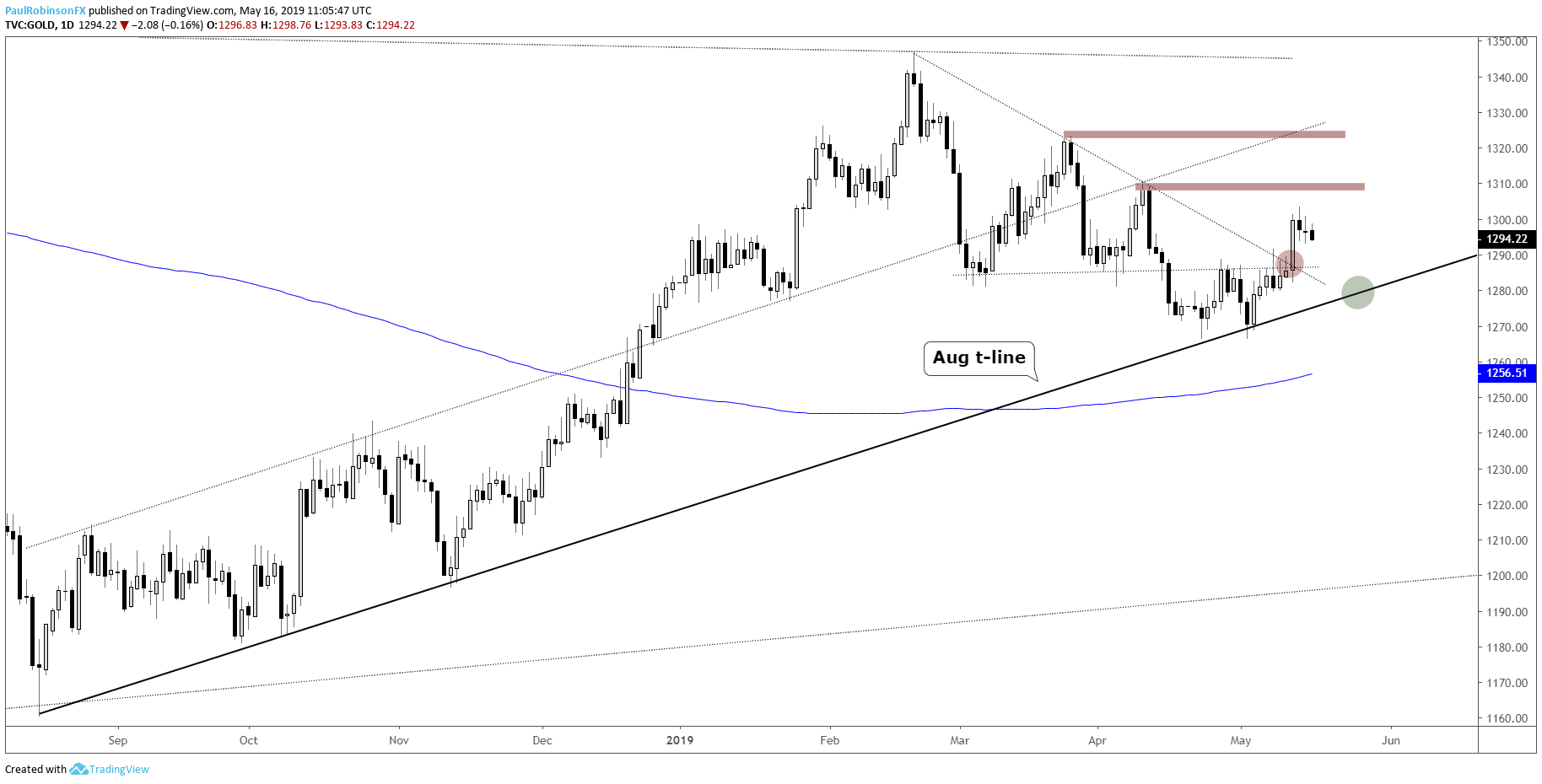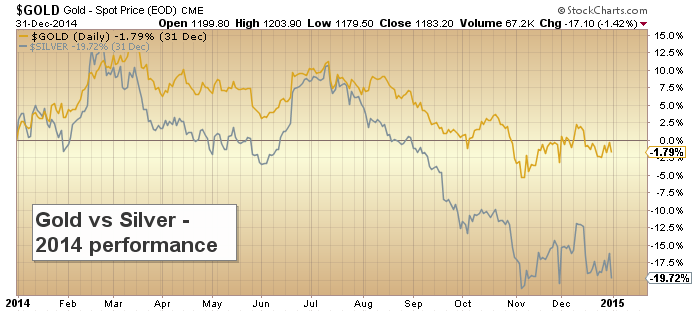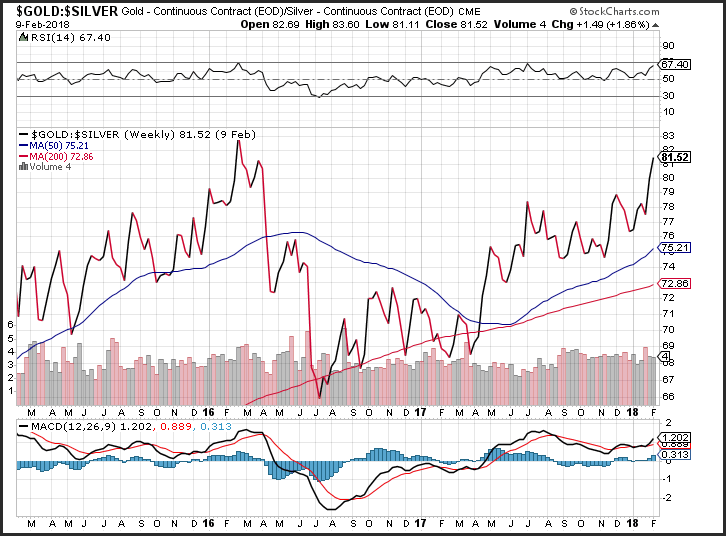
Julius Caesar and then Augustus Caesar standardized and stabilized the Roman coinage and monetary system. The Roman Empire's Silver and Copper Coin Values This was the same Copper/Silver ratio as the closing prices on Election Day 2016, November 8th. When we convert these values into pounds of copper and troy ounces of silver (1 pound = 14.5833 troy ounces), we find that in the 14th century Byzantine Empire, the ratio of 1 pound of copper to 1 troy ounce of silver was about 0.13. And 1 gram of silver was valued as equivalent to about 112 grams of copper. 768 of the copper assarion were equal to 1 gold hyperpyron.Īt these metal weights and values, we can calculate that 1 gram of gold was valued as equivalent to about 11 grams of silver. The assarion weighed 3-4 grams, so we must estimate its average weight around 3.5 grams. In the Byzantine monetary system established then, 12 of the silver basilikon were equal to 1 gold hyperpyron. The basilikon weighed 2.2 grams and consisted of 92% pure silver, so it contained 2 grams of silver. The hyperpyron weighed about 4.45 grams but was only made of 12 carat (50% pure) gold, so it contained the equivalent of 2.225 grams of gold. The gold coin was the hyperpyron, the silver coin was the basilikon, and the copper coin was the assarion. The coins' weights, metal contents, and relative values in the Byzantine monetary system of the time allow us to determine the relative value of gold ( GLD) ( PHYS) ( GDX) ( GDXJ) ( GOAU), silver, and copper that was prevailing then. The Byzantine Emperor Andronikos II Palaiologos (ruled 1282-1328) established a system of coinage in the early 14th century. The Byzantine Empire's 14th Century Silver and Copper Coin Values The 1990-2018 chart at the top of this article shows its value since then. The ratio stayed low into the mid-1980s, but starting in the late 1980s it began to move upward again. Then the inflation of the 1970s boosted precious metal prices much more than industrial base metal prices, so the Copper/Silver ratio crashed as low as 0. We see that the Copper/Silver ratio was actually up in the 0.20 - 0.35 range for most of the 20th century from 1900 until the mid-1970s. 170.)īased on these tables, I calculate the following Copper/Silver ratio values for various years from 1900 to 1990: (Table courtesy of the USGS's Metal Prices in the United States Through 2010, p. The following tables of annual copper and silver prices allow us to calculate the Copper/Silver ratio over the course of the 20th century:



The Copper/Silver Ratio in the 20th Century Both, however, are industrial metals, and both tend to rise in value when global industrial production is growing. Silver has had more value as a form of money and store of value as a precious metal, while copper has been used as a less valuable form of money but mainly as an industrial metal essential for the production of manufactured goods. Silver and copper, however, seem to have stayed relatively balanced with each other in terms of their relative supply and demand levels and dynamics over the course of human history. This is a contrast to many other ratios and indicators: For example, we know that the Gold/Silver ratio was in the 10/1 to 16/1 range for much of human history, but the relative value of silver declined significantly when massive silver deposits were discovered and mined in Nevada and the American West in the late 19th century, increasing the supply. What is remarkable is that my research reveals that this broad range of the Copper/Silver ratio, from around 0.10 or slightly below it to around 0.30 or somewhat above it, has existed and held for many thousands of years, from ancient Egypt to ancient Rome to the Byzantine Empire to the 20th century and up to the present. The chart shows a distinct range, from lows around 0.10 or even below it at periods of peak enthusiasm for silver and precious metals, like 2011, to highs above 0.30 when global industrial demand for copper and base metals is very strong, like 2006. (This is the ratio of the standard copper price per pound ( JJC) ( JJCB) ( CPER) ( CU) to the standard silver price ( SLV) ( PSLV) ( SIL) ( SILJ) per troy ounce.) Here is a chart of the Copper/Silver ratio over the past three decades, from 1990 to the present:


 0 kommentar(er)
0 kommentar(er)
